MEDIEVAL GOLD RING WITH OCTAHEDRAL DIAMOND 14th-15th century AD A delicate round-section hoop with piecrust bezel and inset natural octahedral diamond with natural graphite inclusions. 1.20 grams, 22mm overall, 18.31mm internal diameter (approximate size British Q, USA 8, Europe 17.49, Japan 16) (3/4"). Very fine condition. Extremely rare. Provenance Property of a Suffolk lady; formerly in the Deago collection, by descent from the vendor's mother. Literature Cf. Taylor, G. & Scarisbrick, D. Finger Rings from Ancient Egypt to the Present Day, Oxford, 1978, Profile Type 21, and Tillander, H. Diamond Cuts in Historic Jewellery: 1381-1910, London, 1995. This lot is accompanied by a copy of Richard Falkiner's 1972 article The Early History of the Diamond which deals with the setting of diamonds from a historical perspective. The first literary reference to diamonds occurs in the works of the Roman author Marcus Manilius (fl. 1st century AD) and his contemporary Pliny who describes a probable diamond as 'the most valuable of gems, known only to kings'. Supplied with a positive X-Ray Fluorescence analysis certificate. Footnotes Diamonds naturally form octahedral crystals and medieval diamond 'cutting' consisted solely of polishing the natural pyramidal faces, as in this stone. The stone was introduced to the Roman world from India, and the Latin name adamas arrived in English from that source, giving rise to such medieval variants as 'adamant', 'diamaunt' and 'diamant'. The Latin term was itself derived from Greek for 'unconquerable', relating to the stone's hardness. This quality caused problems for the artificial shaping of the stone, and medieval jewellers were content to take octahedral diamond crystals and place them in purpose-made settings. Truncated forms of octahedron were created by skilful splitting, and in the 15th century the practice developed of cutting the stone with pulverised fragments and diamond dust. This skill was especially associated with the court of the Dukes of Burgundy; Gilbert of Metz mentions La Courarie, the diamond-cutters' quarter of Paris, in his description of that city in 1407. An appreciation of diamond's special refractive qualities led to the development of the customary 'rose cut' in the later 16th century. Cardinal Mazarin (1602-1661) is associated with the development of this style. The modern 'brilliant cut' was devised by the Venetian Vicenzo Peruzzi around 1700, and remains largely unchanged to this day.
MEDIEVAL GOLD RING WITH OCTAHEDRAL DIAMOND 14th-15th century AD A delicate round-section hoop with piecrust bezel and inset natural octahedral diamond with natural graphite inclusions. 1.20 grams, 22mm overall, 18.31mm internal diameter (approximate size British Q, USA 8, Europe 17.49, Japan 16) (3/4"). Very fine condition. Extremely rare. Provenance Property of a Suffolk lady; formerly in the Deago collection, by descent from the vendor's mother. Literature Cf. Taylor, G. & Scarisbrick, D. Finger Rings from Ancient Egypt to the Present Day, Oxford, 1978, Profile Type 21, and Tillander, H. Diamond Cuts in Historic Jewellery: 1381-1910, London, 1995. This lot is accompanied by a copy of Richard Falkiner's 1972 article The Early History of the Diamond which deals with the setting of diamonds from a historical perspective. The first literary reference to diamonds occurs in the works of the Roman author Marcus Manilius (fl. 1st century AD) and his contemporary Pliny who describes a probable diamond as 'the most valuable of gems, known only to kings'. Supplied with a positive X-Ray Fluorescence analysis certificate. Footnotes Diamonds naturally form octahedral crystals and medieval diamond 'cutting' consisted solely of polishing the natural pyramidal faces, as in this stone. The stone was introduced to the Roman world from India, and the Latin name adamas arrived in English from that source, giving rise to such medieval variants as 'adamant', 'diamaunt' and 'diamant'. The Latin term was itself derived from Greek for 'unconquerable', relating to the stone's hardness. This quality caused problems for the artificial shaping of the stone, and medieval jewellers were content to take octahedral diamond crystals and place them in purpose-made settings. Truncated forms of octahedron were created by skilful splitting, and in the 15th century the practice developed of cutting the stone with pulverised fragments and diamond dust. This skill was especially associated with the court of the Dukes of Burgundy; Gilbert of Metz mentions La Courarie, the diamond-cutters' quarter of Paris, in his description of that city in 1407. An appreciation of diamond's special refractive qualities led to the development of the customary 'rose cut' in the later 16th century. Cardinal Mazarin (1602-1661) is associated with the development of this style. The modern 'brilliant cut' was devised by the Venetian Vicenzo Peruzzi around 1700, and remains largely unchanged to this day.
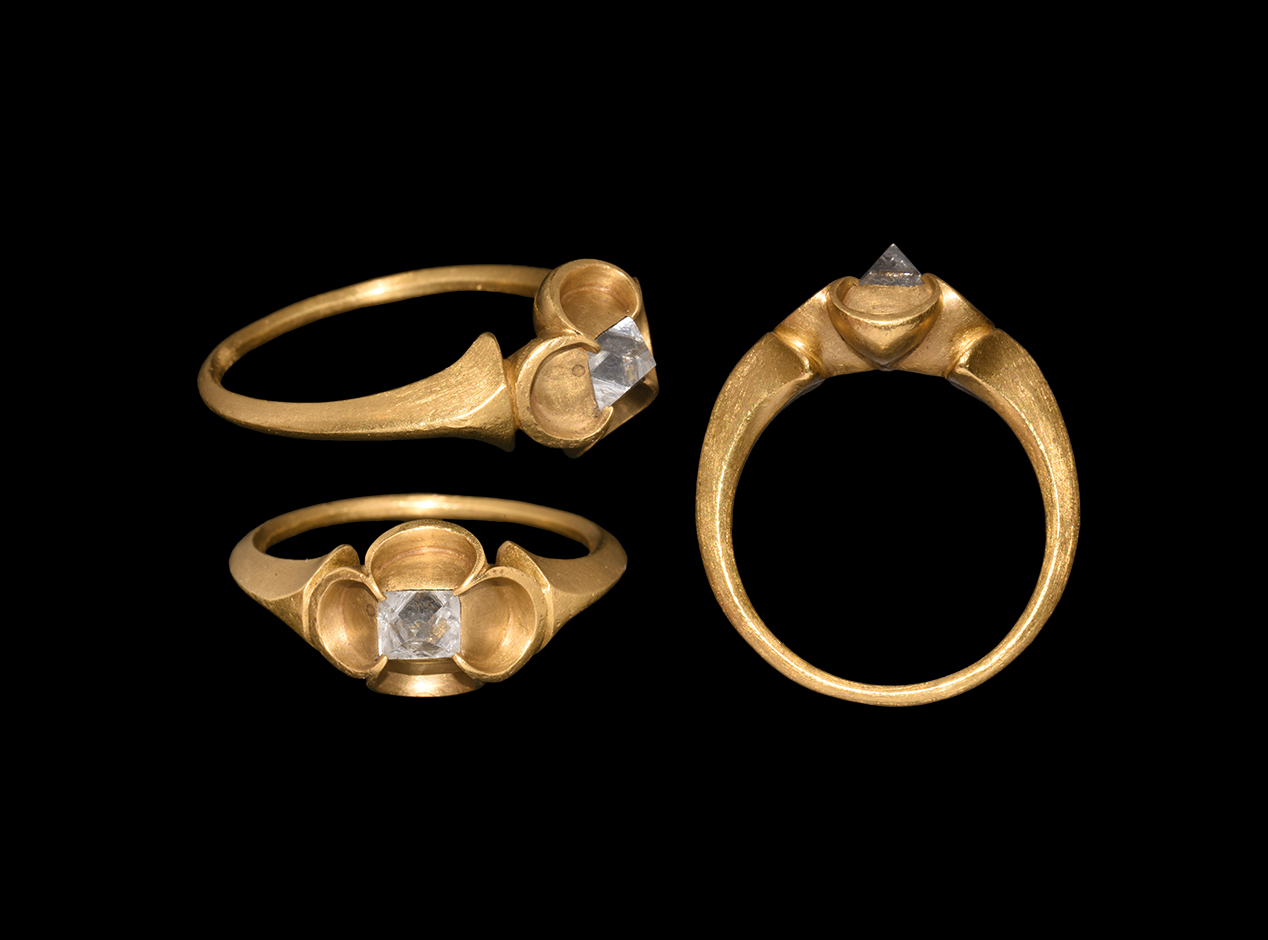
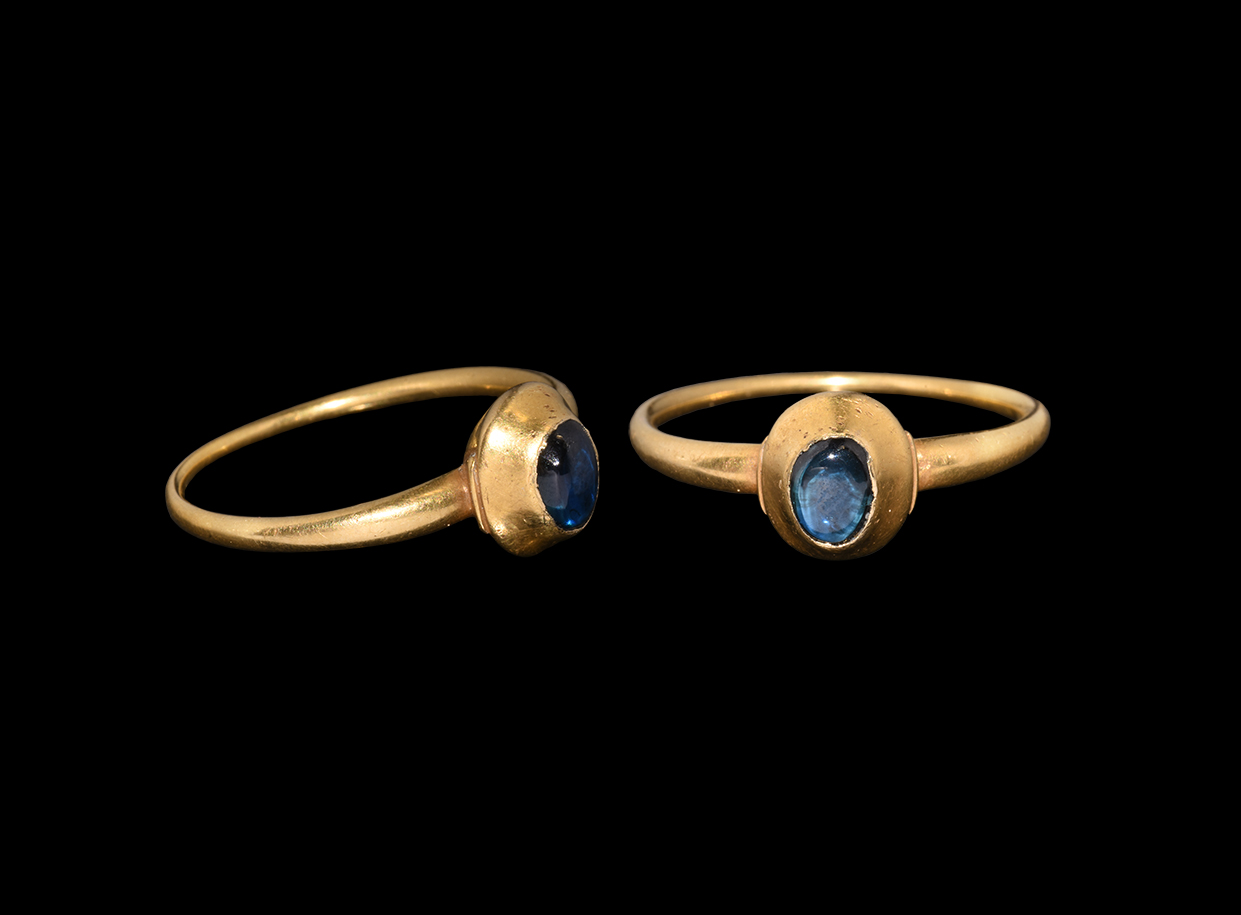
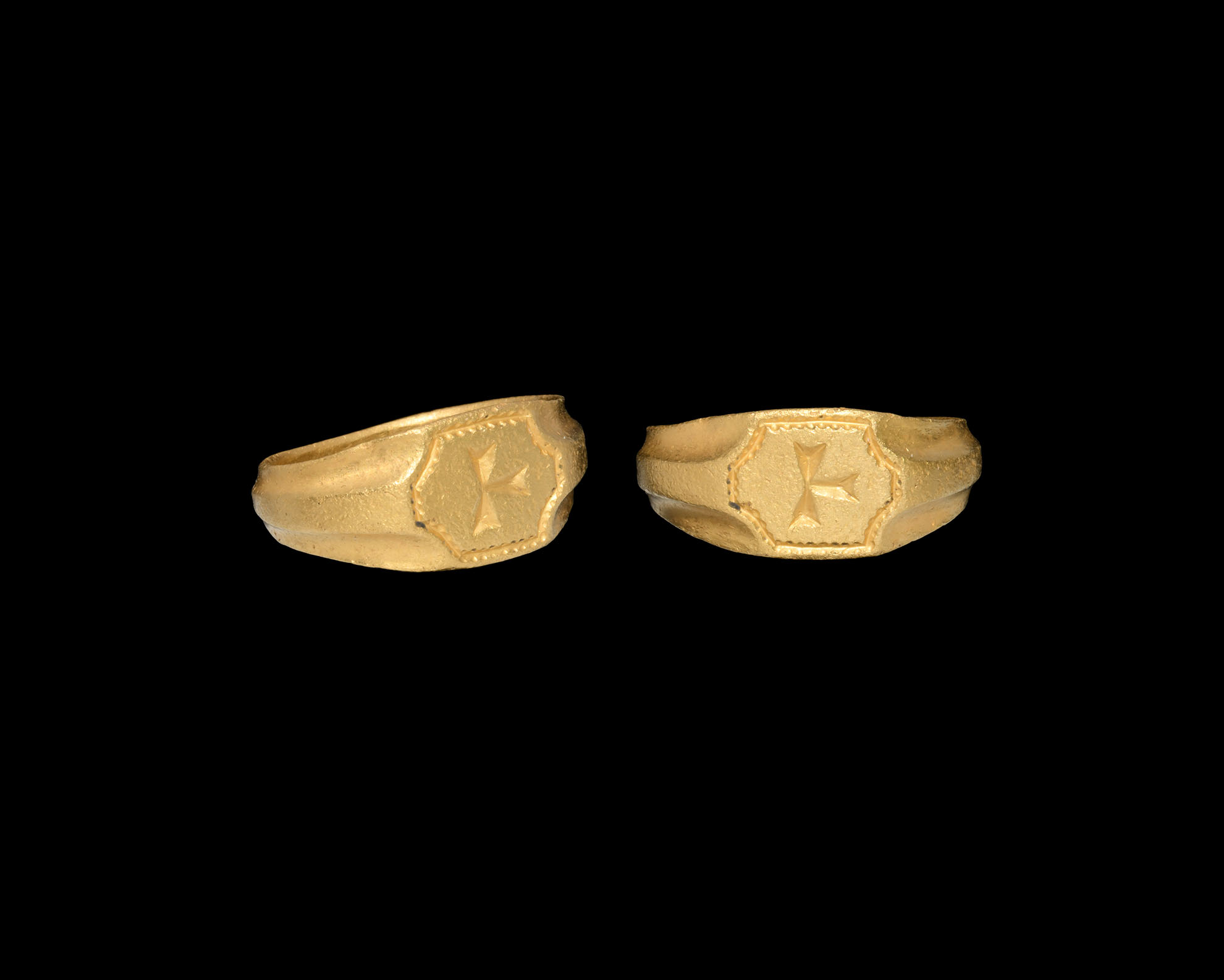

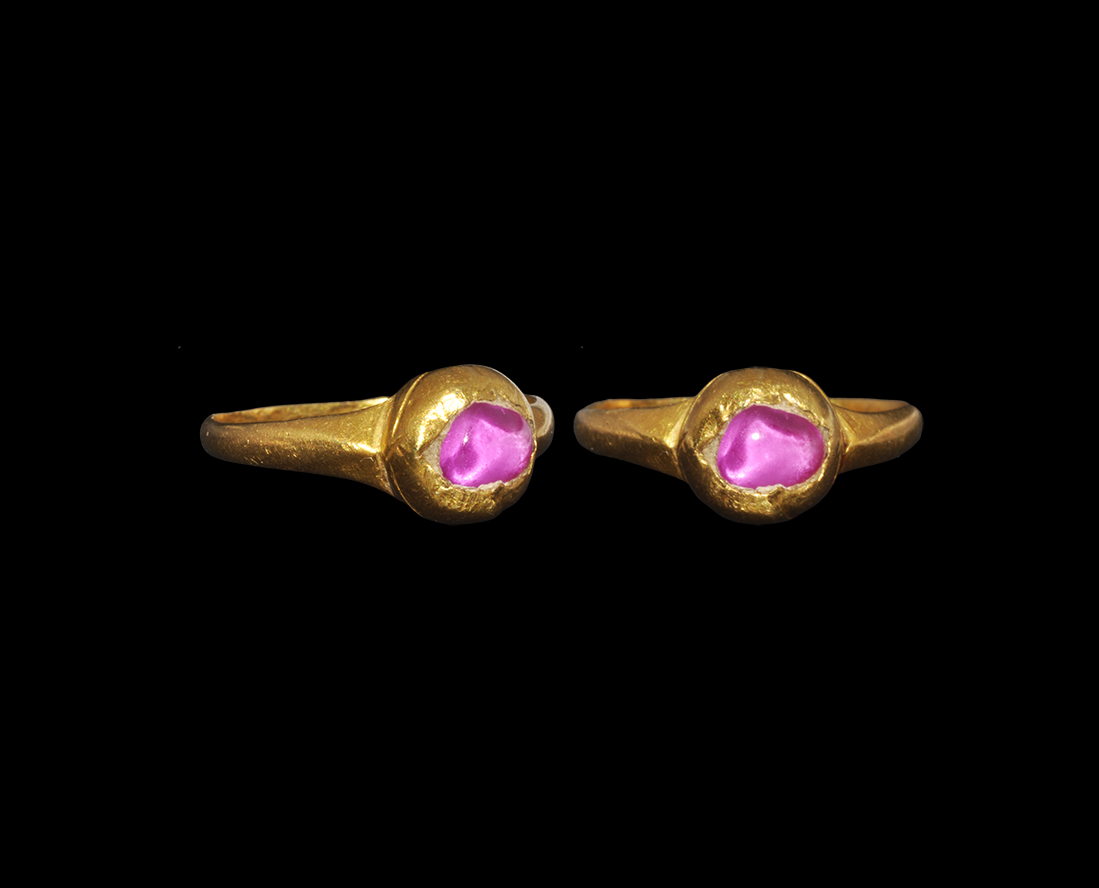







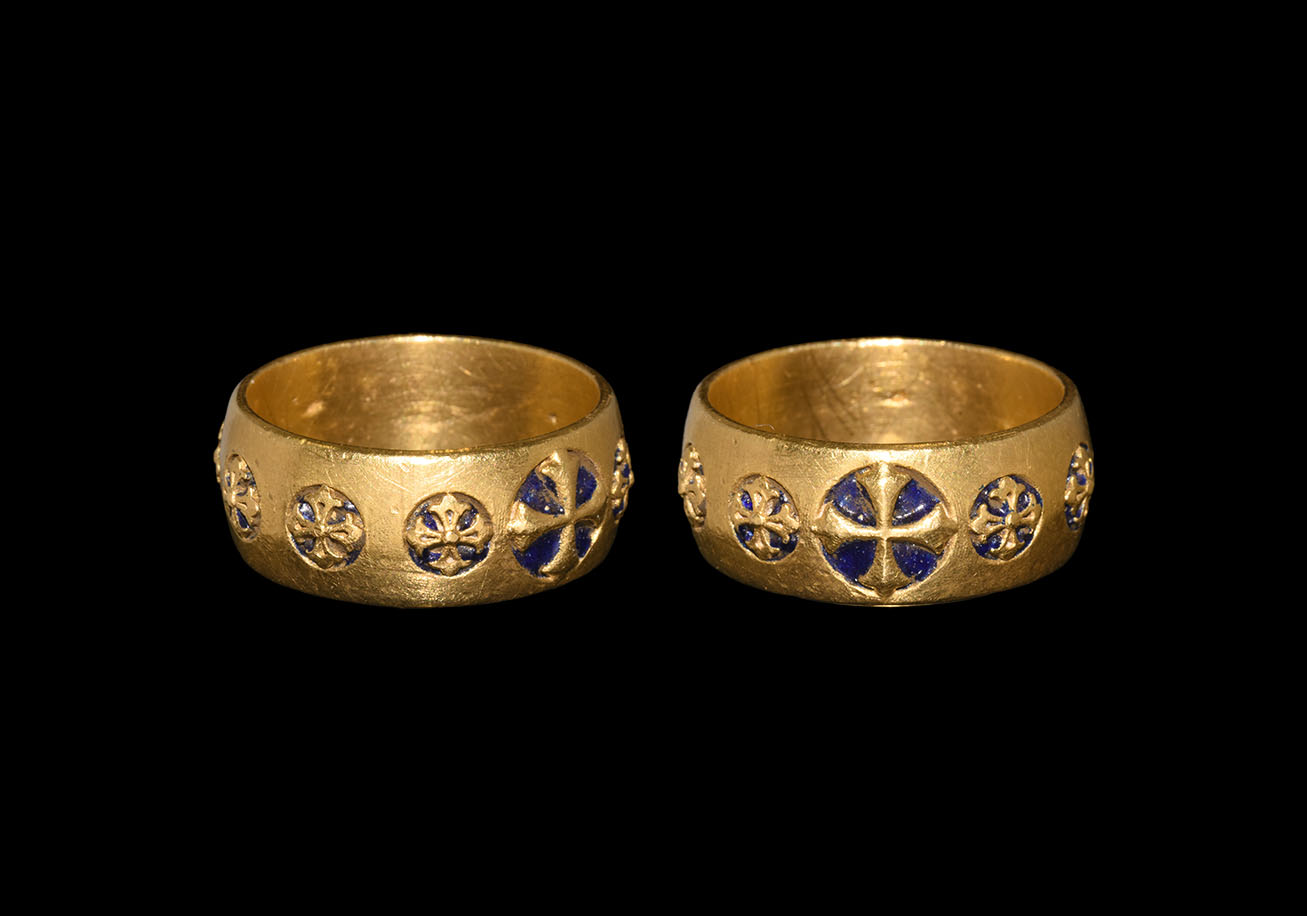
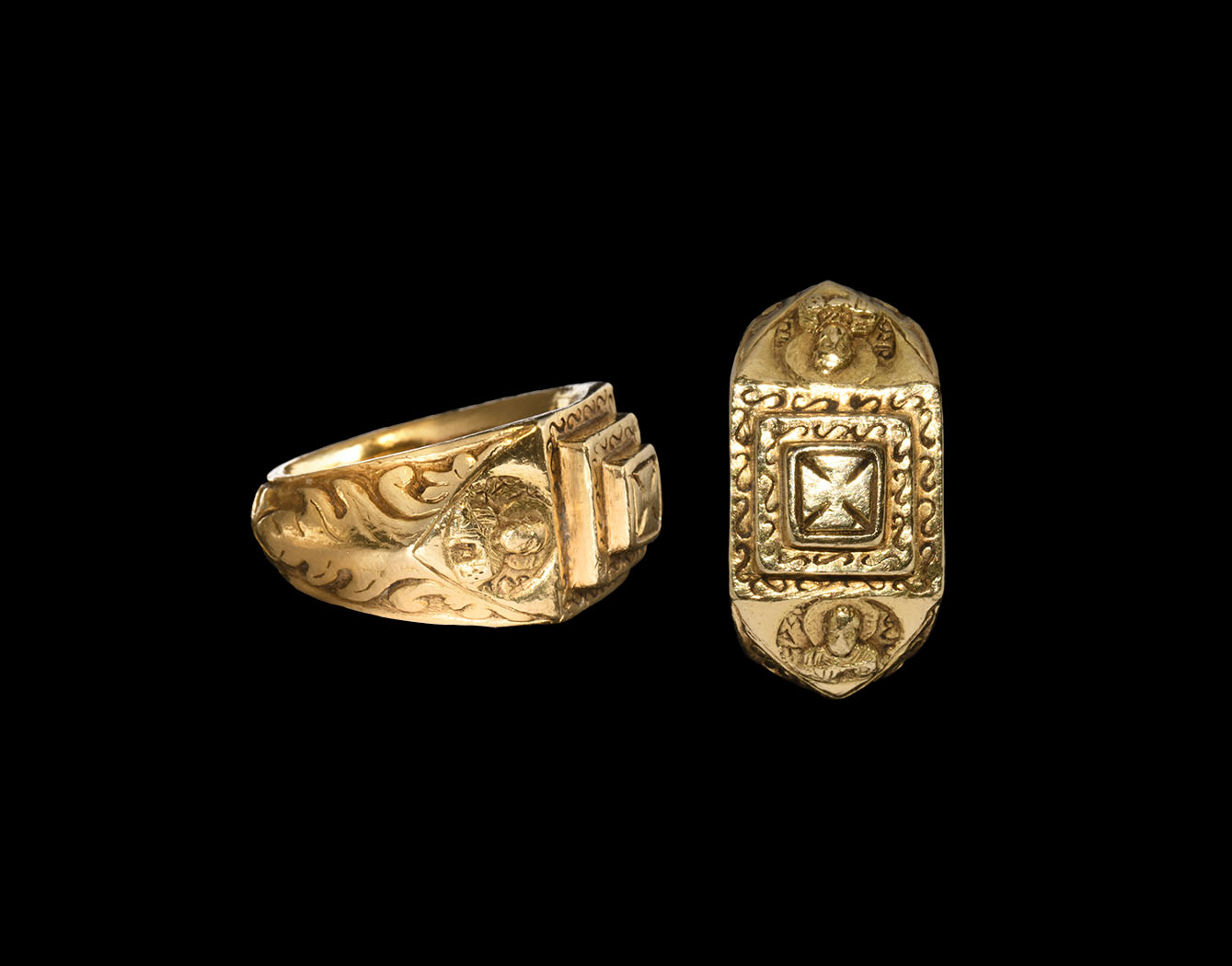
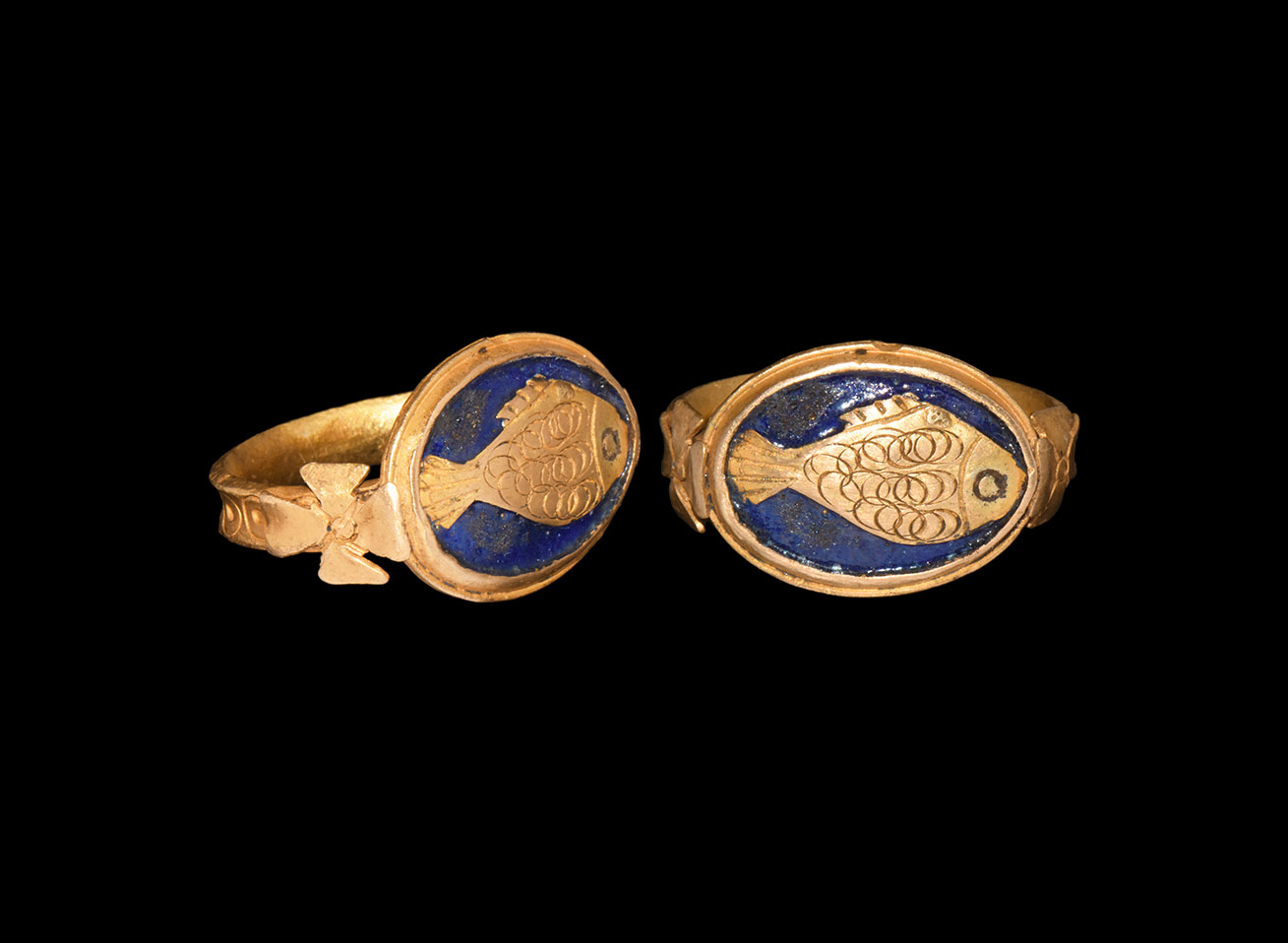
Try LotSearch and its premium features for 7 days - without any costs!
Be notified automatically about new items in upcoming auctions.
Create an alert